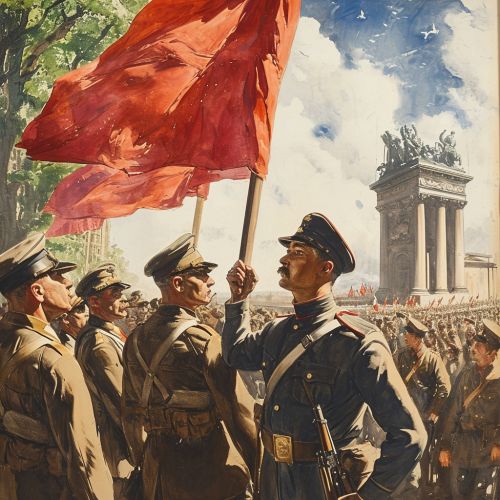Disinformation
Definition and Overview
Disinformation is a form of misinformation that is deliberately deceptive, also known as black propaganda. The English word disinformation is a translation of the Russian dezinformatsiya, derived from the title of a KGB black propaganda department. The book Disinformation documents that Joseph Stalin coined the term, giving it a French-sounding name to claim it had a Western origin.
History
The history of disinformation can be traced back to ancient times. However, it gained prominence in the 20th century, particularly during the two World Wars and the Cold War. The use of disinformation as a strategic tool became more pronounced with the advent of mass communication technologies, which made it easier to spread false or misleading information to a large audience.


Techniques
Disinformation techniques often exploit the biases and prejudices of the target audience to make the false information more believable. These techniques include:
- Cherry picking: This involves selectively presenting facts and quotes that support one's position while ignoring or downplaying information that contradicts it.
- Straw man: This involves misrepresenting an opponent's position to make it easier to attack.
- False flag: This involves carrying out actions and making it look like they were performed by another group or nation.
- Denial and deception: This involves denying the truth or creating a false narrative to deceive the target audience.
Impact
The impact of disinformation can be far-reaching and detrimental to society. It can undermine trust in institutions, exacerbate social divisions, and even lead to violence. In the political sphere, disinformation can be used to manipulate elections and undermine democratic processes. In the economic sphere, it can cause financial instability and market manipulation.
Countermeasures
Countermeasures against disinformation include fact-checking, media literacy education, and regulatory measures. Fact-checking involves verifying the accuracy of information and debunking false or misleading claims. Media literacy education involves teaching people how to critically evaluate information and recognize disinformation. Regulatory measures involve laws and regulations that aim to prevent the spread of disinformation.
